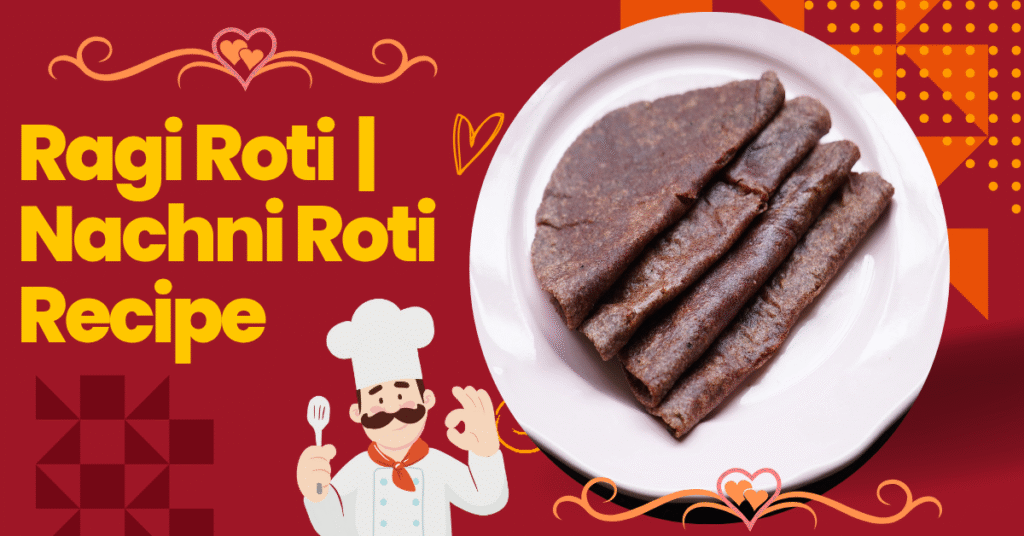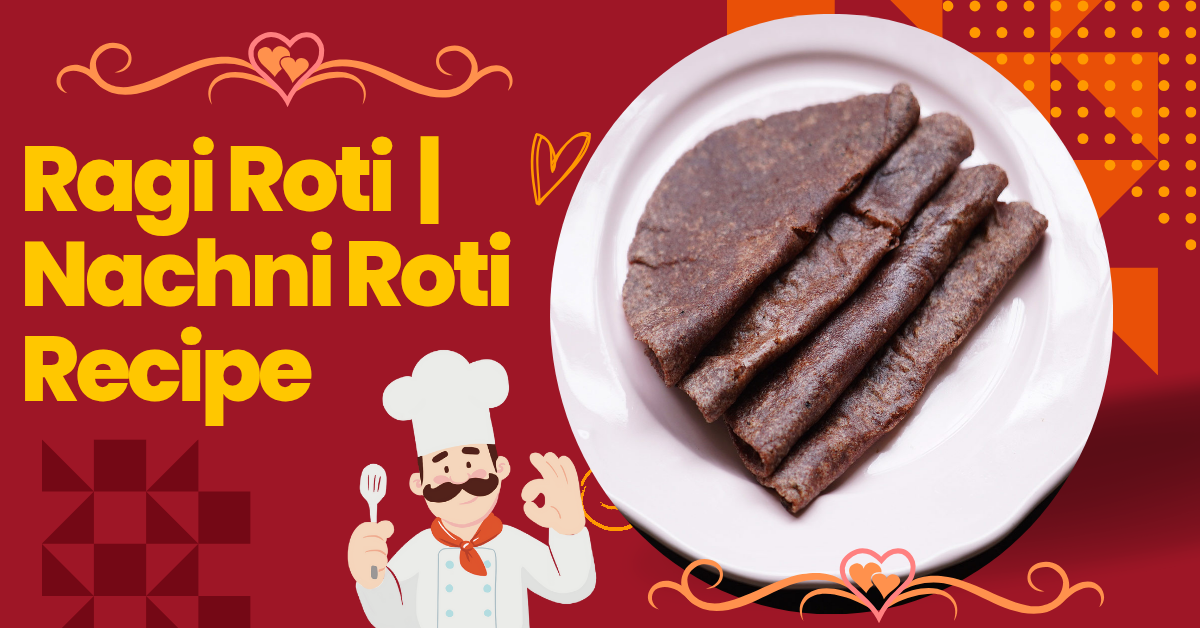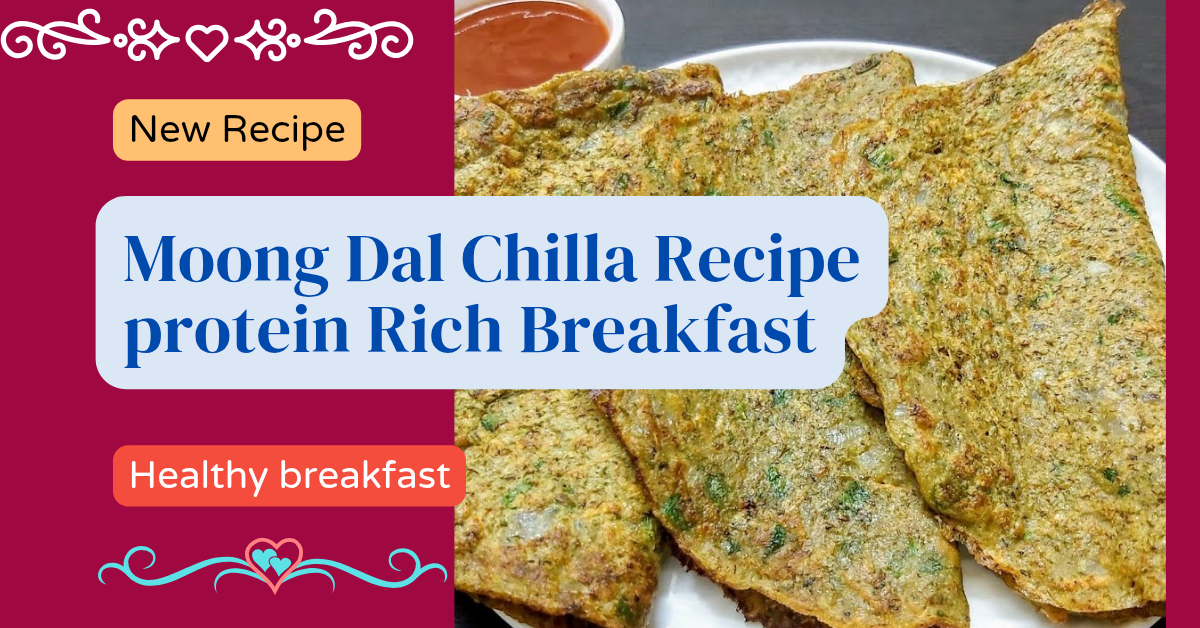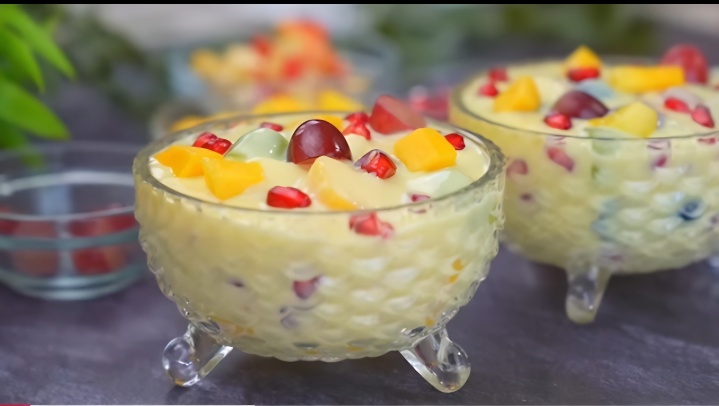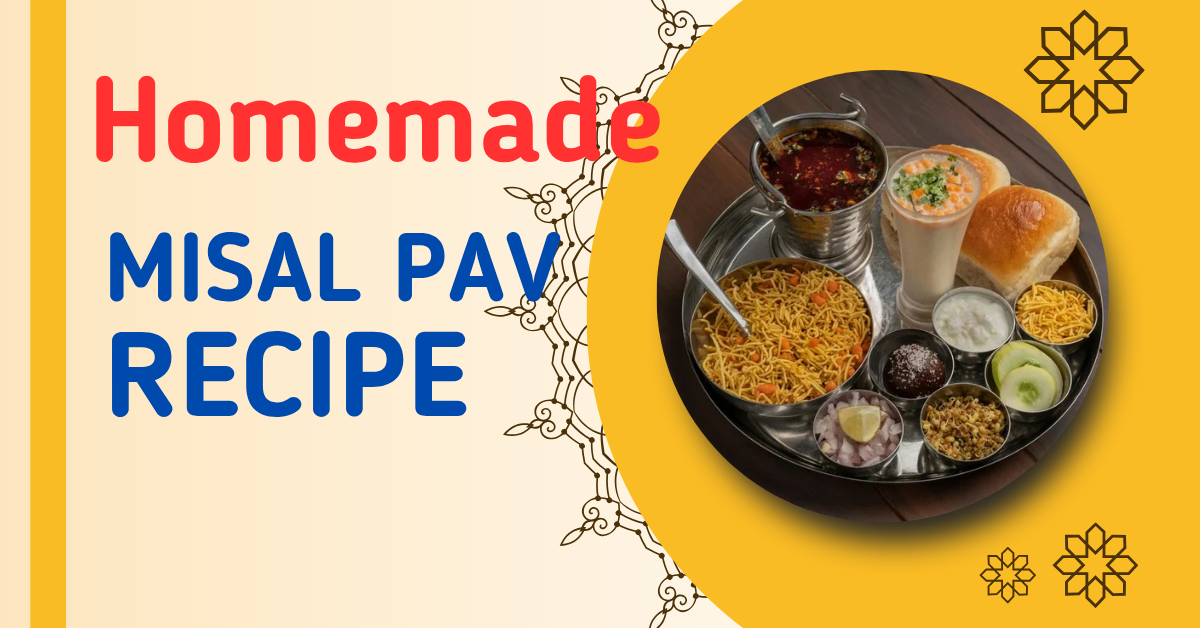Ragi Roti, a type of roti made from ragi flour, is a nutritious and healthy food. It is especially popular in South India, especially Karnataka.
Ragi roti is a nutritious and delicious Indian bread. Ragi roti is considered very beneficial for health because it contains many nutrients like protein, fiber, iron, and calcium.
Table of Contents
ToggleAbout Nachni Roti / Ragi Roti
Ragi roti or (Nachni roti), is known by two names. It is a roti made from ragi flour. It is a nutritious and healthy food.
It is popular in South India, especially in Karnataka. It is very important to include this roti in your diet.
The benefits of ragi roti are many. Ragi roti is rich in nutrients.
Ragi roti contains nutrients like calcium, iron and fiber which are essential for the body. This improves digestion.
Since ragi is high in fiber, it is beneficial for the digestive system.
Ragi roti Helps in weight loss. Therefore, it is necessary to include roti in your diet. Since ragi roti has fiber, it reduces appetite .and helps in weight loss.
And ragi roti helps in controlling blood pressure. And since ragi roti is gluten-free, it is a good option for sensitive digestive systems.
Ragi roti is a good source of iron and calcium, which strengthens bones and controls blood sugar. For this reason, it is necessary to include ragi roti in the diet.
Ingredients
. 2 cup Ragi flour (Nachni flour)
. 1 Teaspoon salt or add as required
. Ghee or oil as required
. 1.5 cup hot boiling water or add as required
. TOTAL COOK TIME – 40 mins
. SERVING -10 rotis
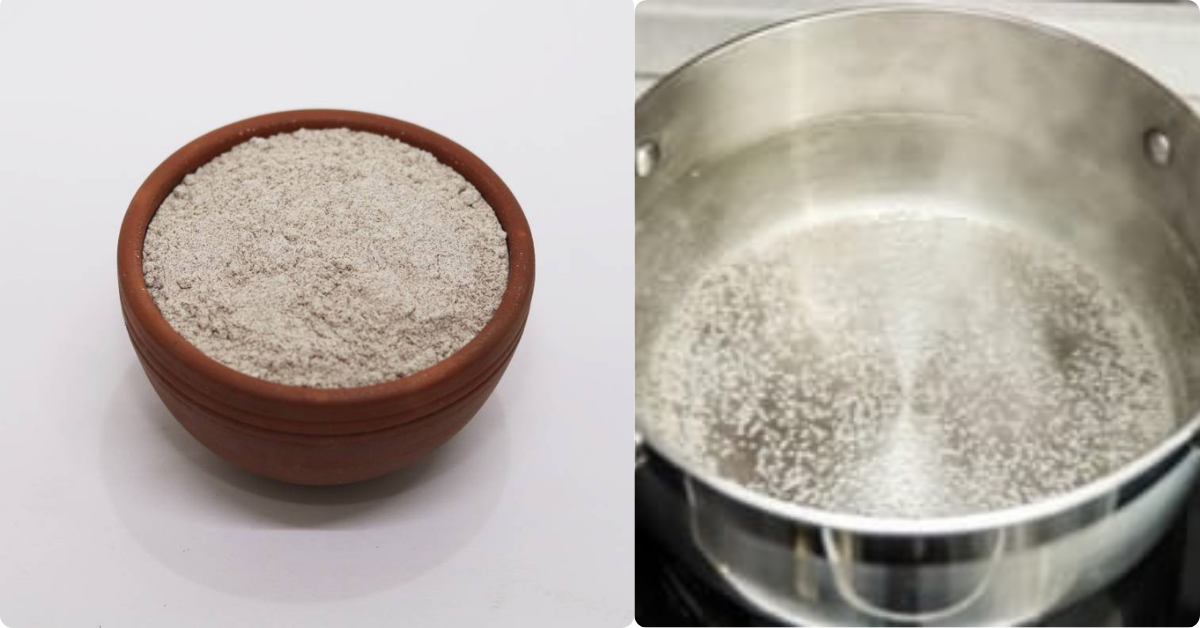

How To Make Ragi Roti / Nachni Roti Step by Step Instructions
1. To make the dough, first of all, boil water in a pan with 1 cup of water and salt as required.
After that, add the flour to the hot water. And reduce the heat and slowly add the gram flour, stirring constantly to avoid lumps.
Mix the gram flour well – mix until a thick dough is formed.
Cover the pan for 4-5 minutes.
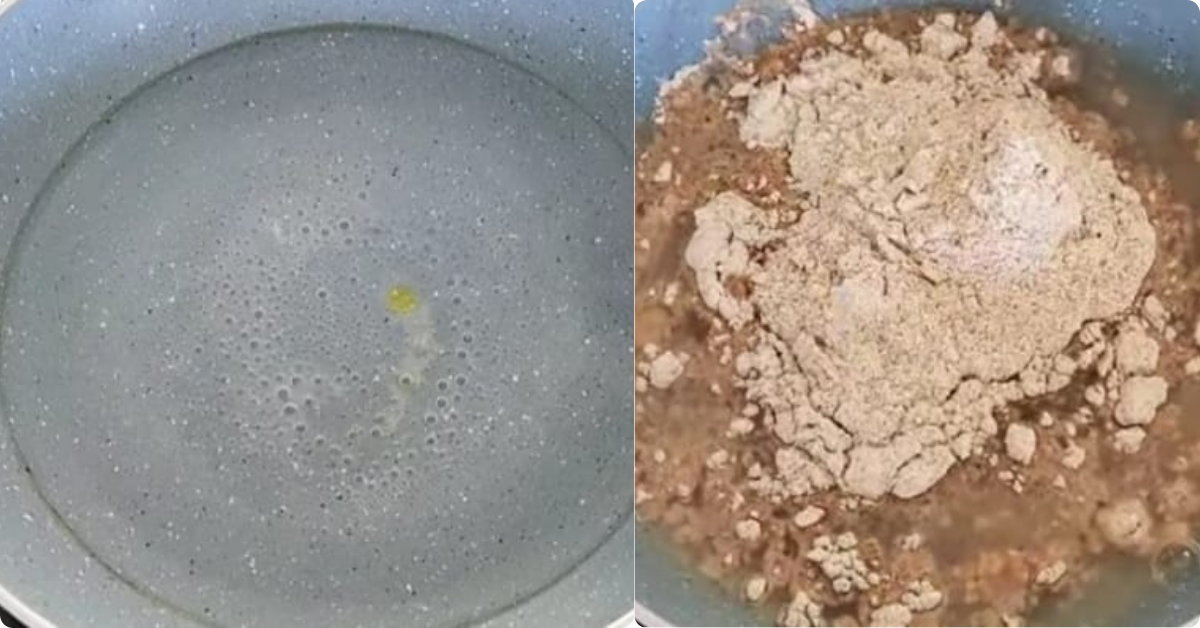
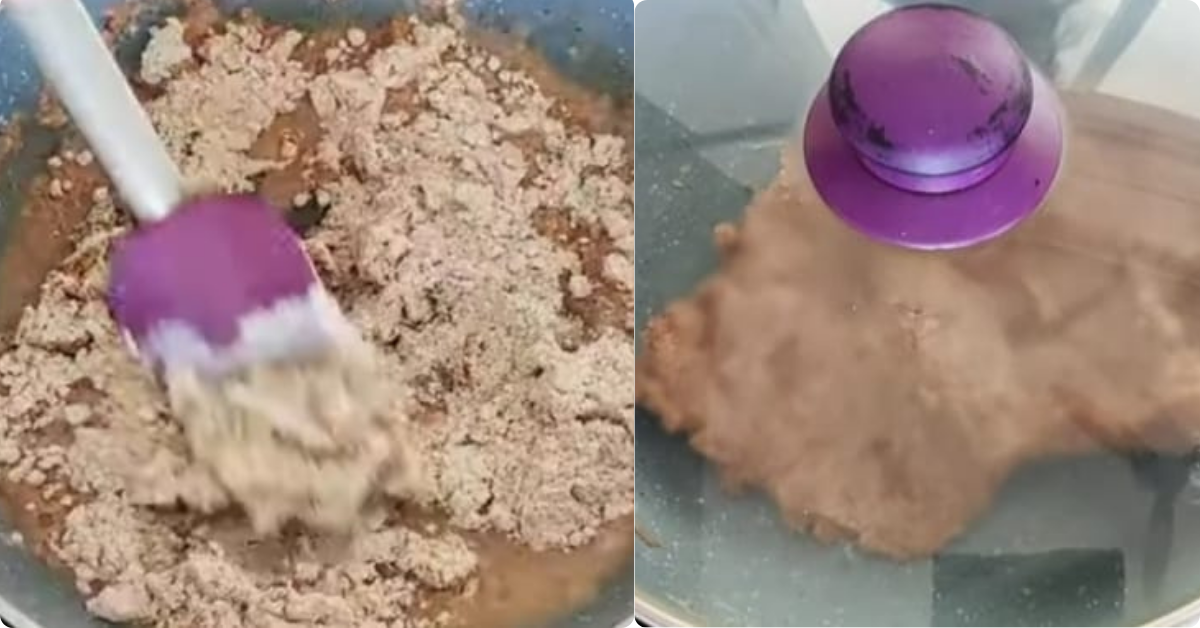
2. After that, knead the dough with your hands.
Once it has cooled down enough, knead the dough on a clean surface until it is smooth and elastic.
You can apply a little water or oil to your palms while kneading. Knead the dough until it is soft.
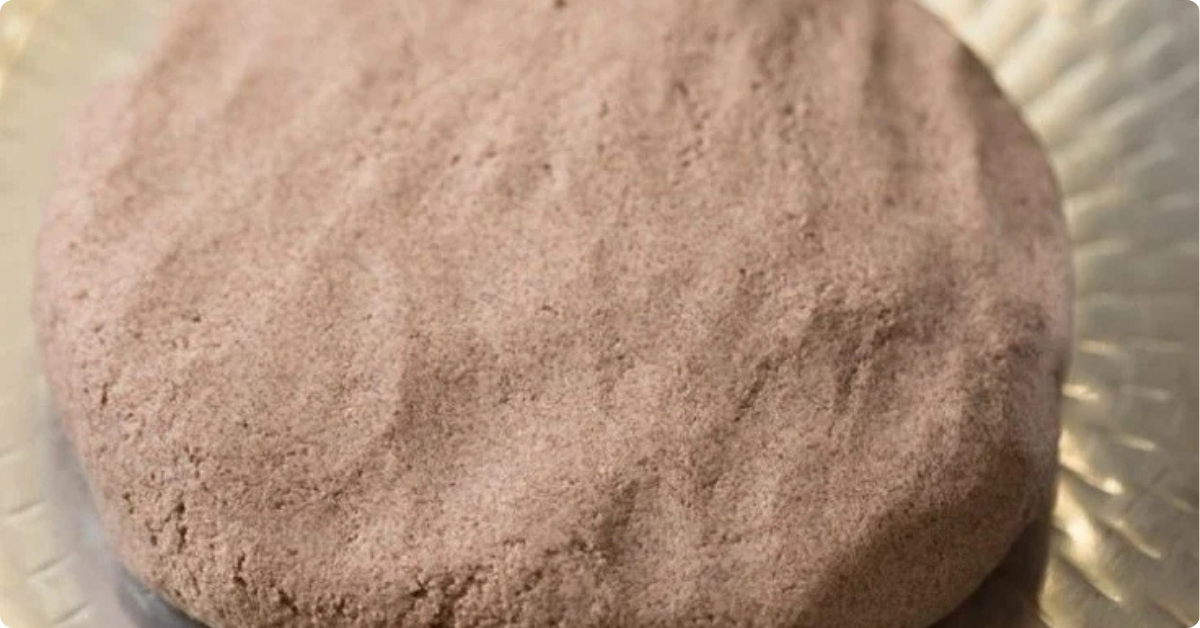
3. Make small balls of the gram flour.
After that, place the balls on a floured surface and flatten them.
And roll them into round shapes with the help of a rolling pin.
Prepare 6 to 7 inch round Roti.
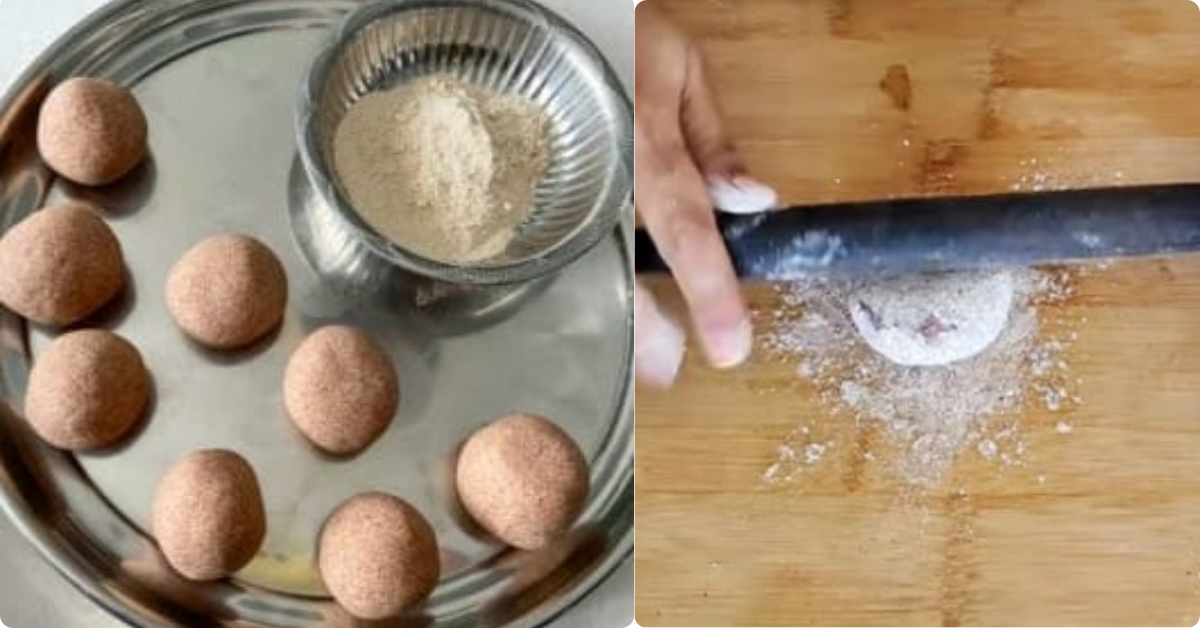
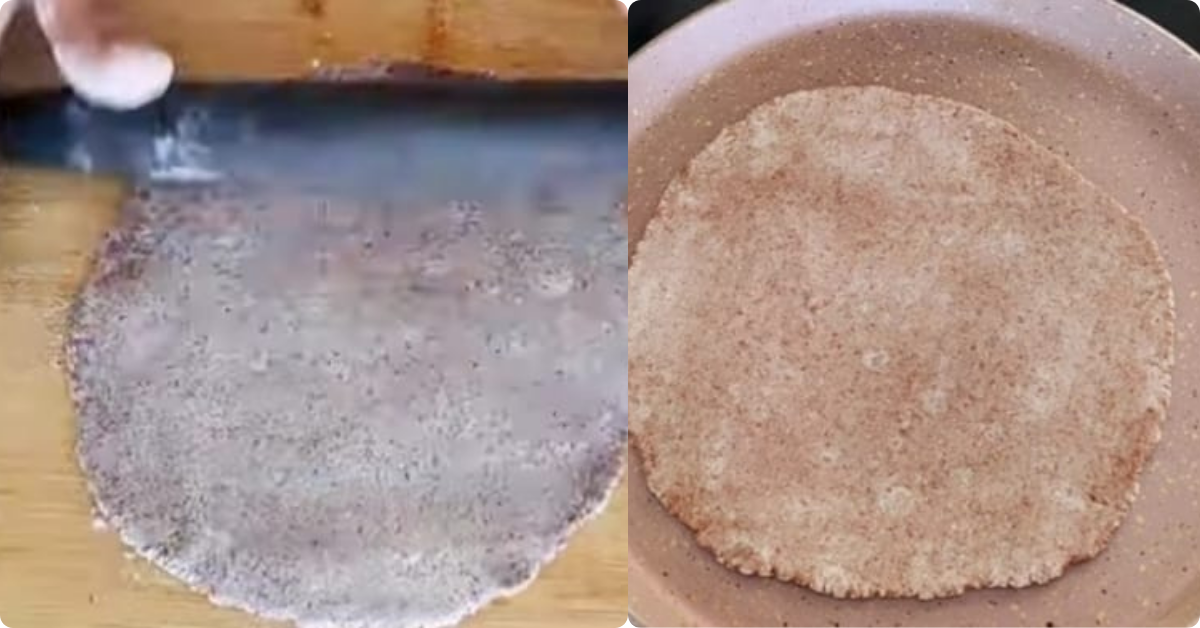
4. To cook the gram flour, first of all, heat a pan or griddle on medium-high heat.
After That Place the roti on the griddle – let it cook for 30-40 seconds.
Then flip the roti. When it starts to get light brown spots, flip it and cook the other side.
Press the roti gently with a spatula or cloth to flatten it.
You can apply ghee or oil on both sides to enhance the taste.
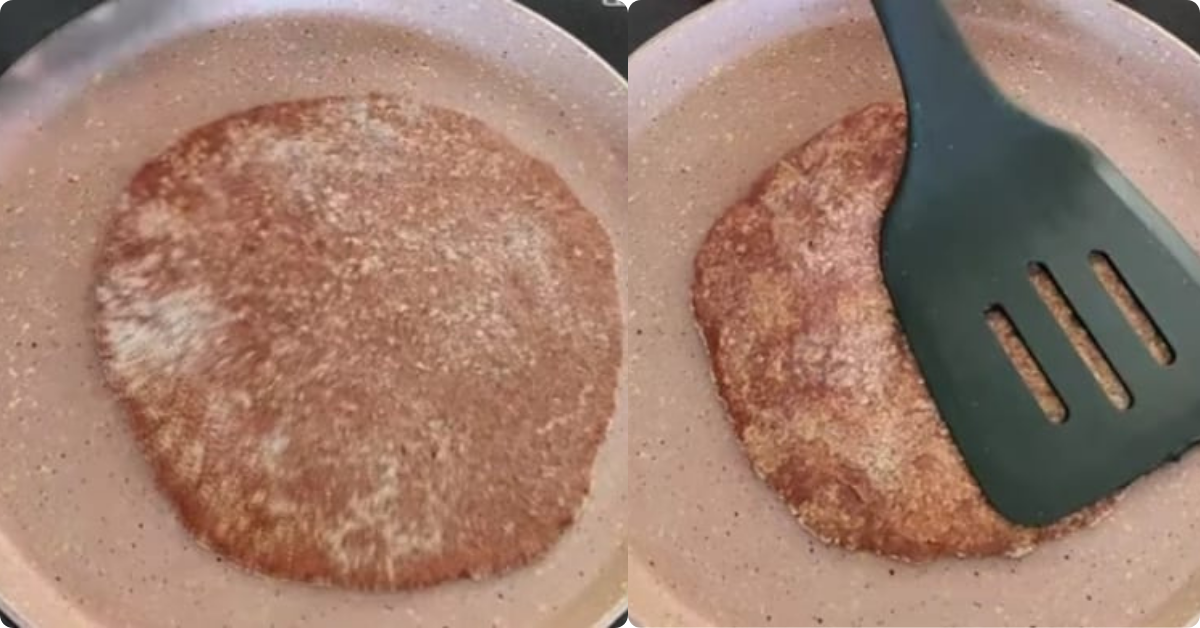
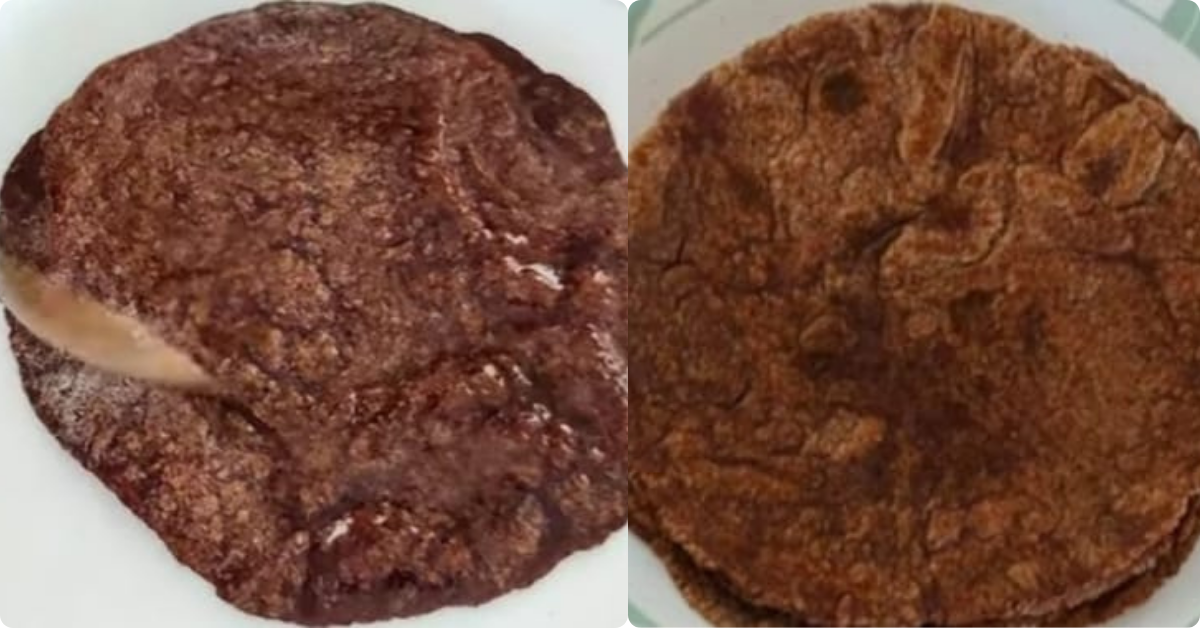
5. Nachni Roti is ready to eat. Roti can be eaten with vegetables, curd, pulses, and pickles.
Ragi Roti / Nachni Roti Pro Tips
Here are some professional tips for making nachni roti (ragi roti), which is nutritious, gluten-free and delicious.
1. Use hot water for kneading. Always use hot water (not boiling, but comfortably hot) for kneading the dough. This helps the dough bind well, as nachni (ragi) does not contain gluten.
2. Add binding agent (optional) Ragi flour is crumbly. For easy rolling and a good texture, add this. You can add 1-2 tablespoons whole wheat flour (but not gluten-free), or 1 tablespoon rice flour for crunchiness, or 1 boiled, mashed potato or sweet potato for softness.
3. Let the dough rest for 10-15 minutes after kneading. This allows the dough to absorb the water completely and makes it easier to handle.
4. Wrap in plastic sheets or use with wet hands As ragi dough breaks easily, avoid using a rolling pin on an open surface. Use parchment paper, banana leaves or clean plastic sheets to flatten with your hands. Or shape the dough with wet/oiled palms.
5. Cook on medium heat Heat your tawa before placing the roti. Cook the roti on medium heat. This will ensure even roasting and prevent burning. Gently flip the roti over and do not press the roti too hard or it may burst.
6. Use ghee or oil for ragi roti. After cooking, brush it with ghee to enhance the taste and softness. You can cook it by brushing it lightly with ghee for a more crispy edge.
7. Eat ragi roti fresh. Ragi rotis are served hot. They become hard when cooled. Wrap in a clean cloth and cover to keep it warm and soft.
FAQs
1. What is Ragi Roti?Ragi Roti is a traditional Indian flatbread. It is made from ragi flour. It is popular in South Indian cuisines and is known for being nutritious, gluten-free and high in calcium and fiber.
2. Is Ragi Roti healthy?Yes. Ragi Roti is. Ragi Roti is rich in calcium, iron and fiber. A good source of plant-based protein. It is gluten-free, making it suitable for those with gluten intolerance. Helps manage weight, blood sugar and cholesterol.
3. Can I make Ragi Roti without wheat flour?Yes. You can make it using only ragi flour. Although it may be a little more delicate to roll. Using warm water and kneading it well helps it bind well. You can also add grated vegetables for a better texture.
4. Why does my Ragi Roti break or split when rolling?
Ragi flour lacks gluten, making it less elastic. Use tips to prevent it from cracking. Use warm water to knead the dough. Cover the dough for 10-15 minutes. Roll it gently with your hands or pat it with your fingers instead of using a rolling pin.
5. Can I add vegetables or spices to the ragi roti dough?
Yes, you can use vegetables in ragi roti. You can add spices like grated carrots, beets or cabbage, chopped onions, green chillies, coriander leaves, cumin, turmeric or red chilli powder to the roti.
6. How to store ragi roti?
It is best to eat freshly made ragi roti immediately. If needed, store it in an airtight container wrapped in a cloth. And reheat it on a pan before it rises. The dough can be kept in the refrigerator for up to a day.
7. Can you eat ragi roti for weight loss?
Yes. Ragi is low in fat and high in fiber, which makes you feel full for a longer time. It helps in healthy digestion. And it reduces appetite, making it a good option for weight loss.
8. What can I eat with ragi roti?
Ragi roti can be eaten with the following coconut, chutney, sambar, curd, vegetable curry or can be eaten with pickles and ghee for a simple meal.
9. Is ragi roti good for diabetics?
Yes. Ragi has a low glycemic index and helps in controlling blood sugar levels. It is a preferred grain for a diabetic-friendly diet.
10. Can children and the elderly eat ragi roti?
Yes. Ragi is a rich source of calcium and iron. Which makes it ideal for bone health in growing children and the elderly. Just make sure that the roti is soft and not too spicy for them.
Health Benefits of Ragi Roti
1. Ragi is rich in calcium. Ragi contains the highest natural calcium. Excellent for bone strength, growing children and the elderly.
2. Supports heart health. High fiber helps lower cholesterol. Low in saturated fat and cholesterol.
3. Ragi is gluten-free. Safe for people with gluten intolerance or celiac disease.
4. Ragi helps in weight management. High fiber content increases satiety. And reduces hunger cravings.
5. Ragi is suitable for diabetes. Low glycemic index helps control blood sugar levels. Reduces glucose absorption.
6. Ragi enhances brain function. Contains amino acids like tryptophan. Which help in mental peace and focus.
7. Ragi improves digestion. Its high fiber content helps prevent constipation. And improves intestinal health.
Tasty and delicious recipes are on my site. Visit that recipe.

Anandrao kharat
Indian Testy Recipe
Join me on my journey to a healthier lifestyle. Rooted in generations of family cooking, I specialize in sharing time-honored recipes that celebrate heritage, simplicity, and the rich flavors of homemade meals. From slow-simmered stews to hand-kneaded breads, each dish tells a story passed down through tradition. My passion lies in preserving the essence of classic recipes while inviting everyone to gather around the table and taste the comfort of the past. Please visit my website for recipes made in the traditional way. And give me your feedback about the recipe. 🙏Thank you 🙏

